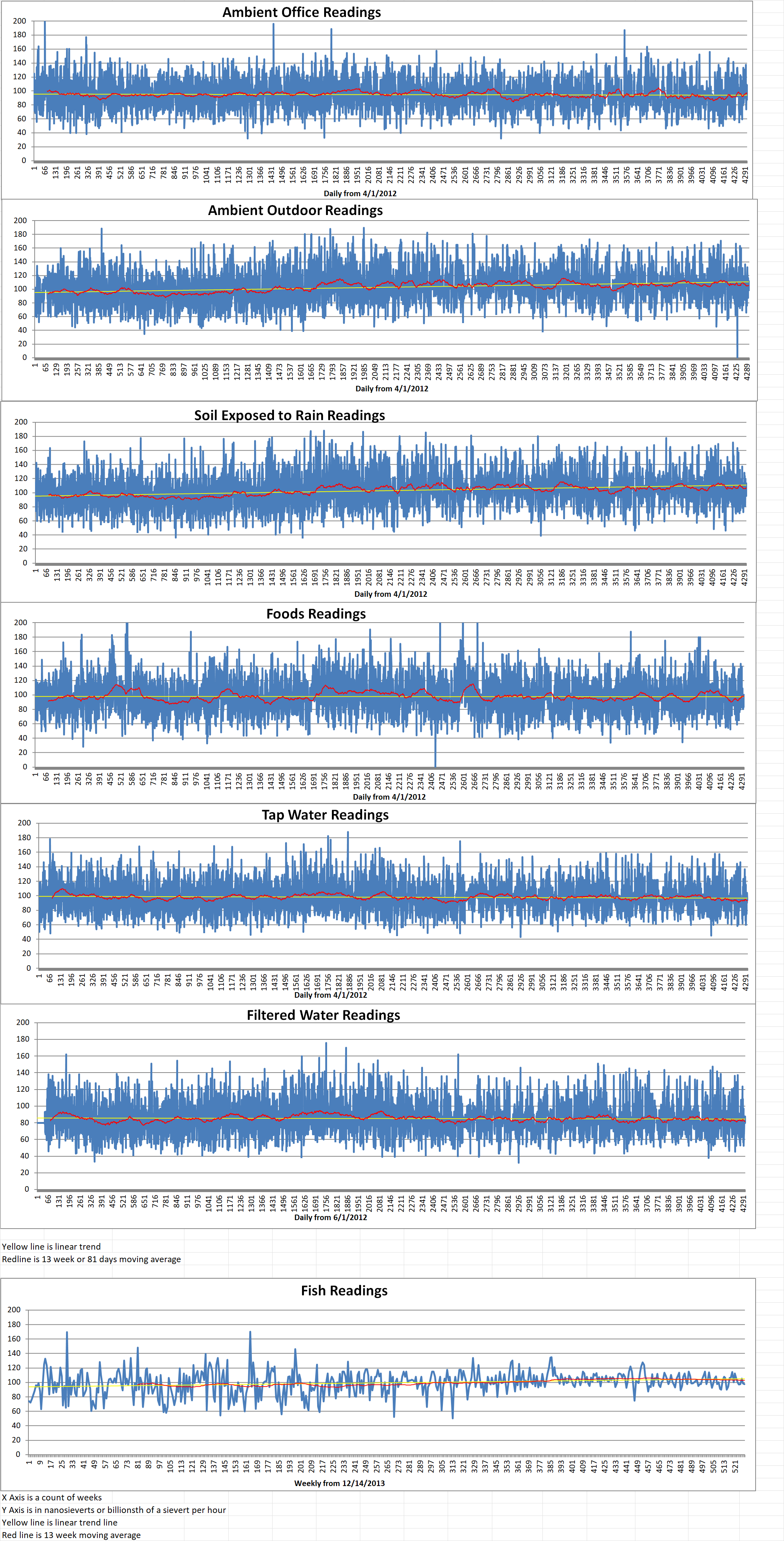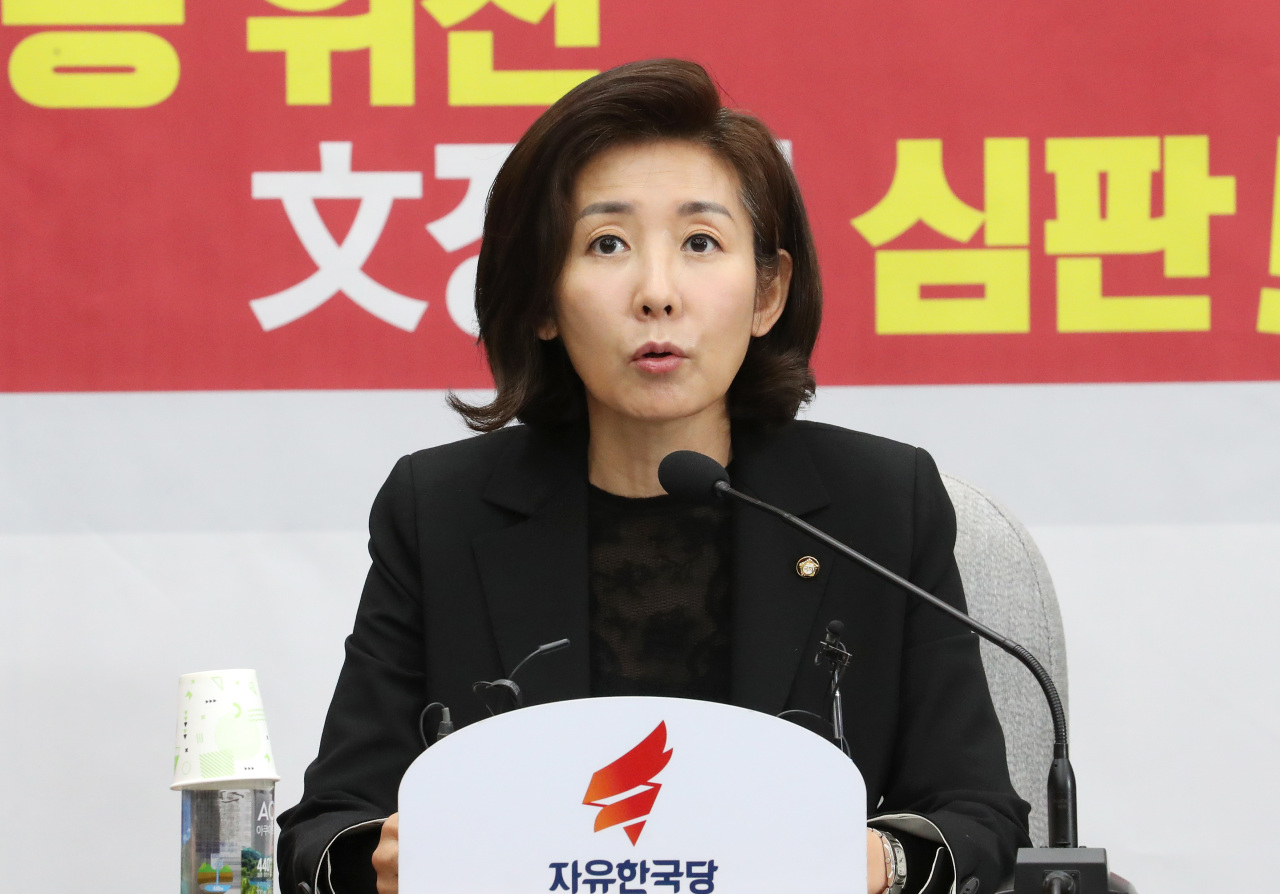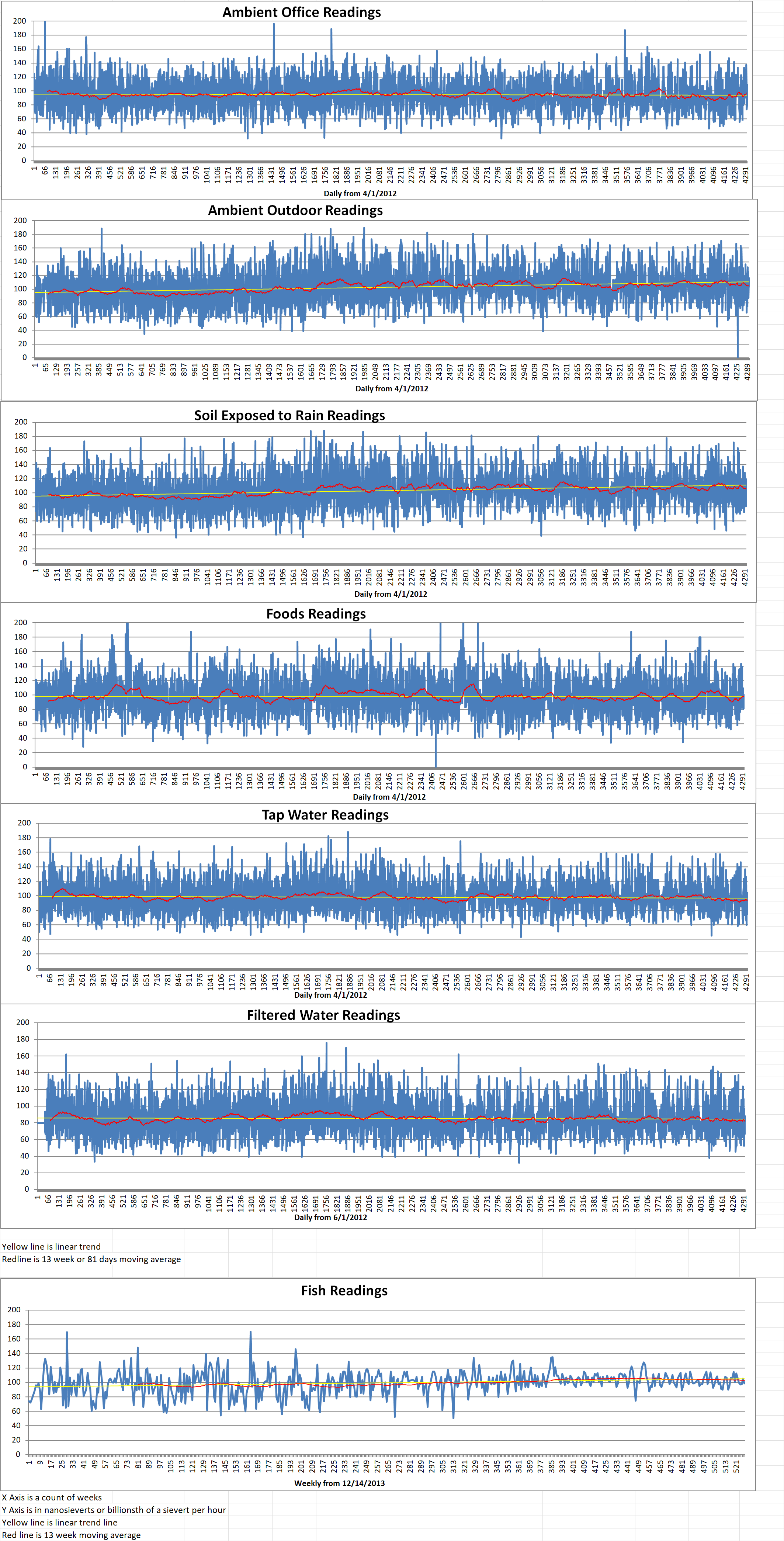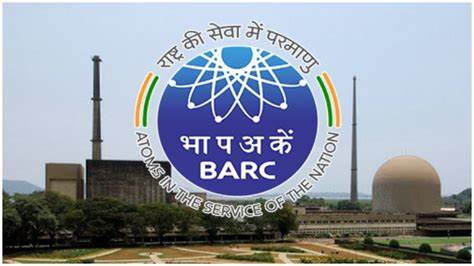The Indian government, in the annual Budget unveiled this week, has opened up the nuclear power sector for private investments to boost the share of atomic energy production as the government aims to achieve net-zero carbon emissions by 2070.
The Bhabha Atomic Research Center (BARC) is India’s premier nuclear research facility. It was founded in January 1954 as a multidisciplinary research program essential for India’s nuclear program. It operates under the Department of Atomic Energy (DAE), which is directly overseen by the Prime Minister of India.
The BARC has developed a module for modular building of nuclear energy centers according to Nirmala Sitharaman, the Indian Finance Minister. The government, in the Budget unveiled this week, has opened up the nuclear power sector for private investments to expand the share of atomic energy production as the government intends to achieve net-zero carbon emissions by 2070.
Small Modular Reactors (SMRs) can be built in a factory, unlike conventional nuclear reactors that are constructed on-site. SMRs have a power capacity of up to three hundred megawatts per unit. They are a mobile and agile technology which can be set up at locations unsuitable for larger plants.
SMRs are making a significant and meaningful contribution to the energy transition phase as part of efforts to deal with the effects of climate change.
Sitharaman said, “It’s happy news to know that Bhabha Atomic Research Center has developed this module for modular building of nuclear energy centers. And since it’s all indigenously done and they are very sure they can take it forward. We have taken it on budget speech as well. That’s also because India’s commitments in renewable energy and emission control and investment for renewable energy have all been happening since, probably, 2015 when Paris agreement was signed. COP 21, I think. After that onwards India has been constantly concious of fulfilling its commitment.”
In her record seventh budget, Sitharaman said that the government will also partner with the private sector for research and development of newer technologies for nuclear power.
Twelve billion dollars of research and development funding, announced in the interim budget in February, will be provided to the nuclear sector, the Minister said in her budget speech.
Sitharaman added, “So we are fulfilling our requirements as committed in renewable energy. But for a country of India’s size, renewable energy alone can’t give us sufficiency in meeting all the base requirement for energy. Base requirement is something which should be without doubt, without speculation keep flowing and in that renewable energy has a shortcoming. So in that sense nuclear comes off a great use. Also now, thermal is being discouraged in a big way.”
Jitendra Singh is the Indian Minister of Science and Technology. Last month, he said that the Indian Department of Atomic Energy (DAE) was “suitably designing” the two hundred and twenty megawatts Pressurized Heavy Water Reactor (PHWR) as a Bharat Small Reactor (BSR) for captive nuclear power generation.
India has an installed nuclear power capacity of seven thousand four hundred and eighty megawatts which is expected to increase to twenty-two thousand four hundred and eighty megawatts by 2031.






